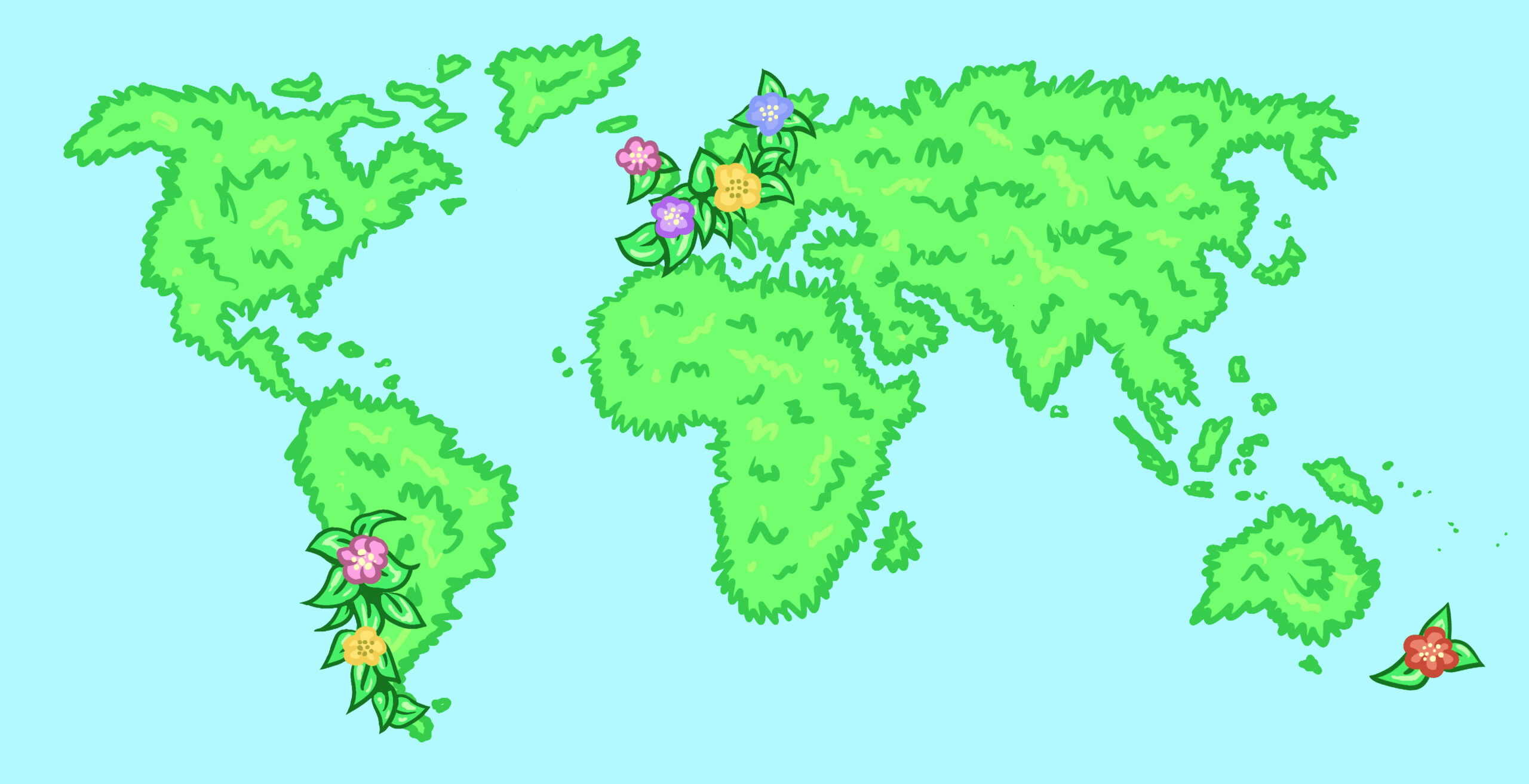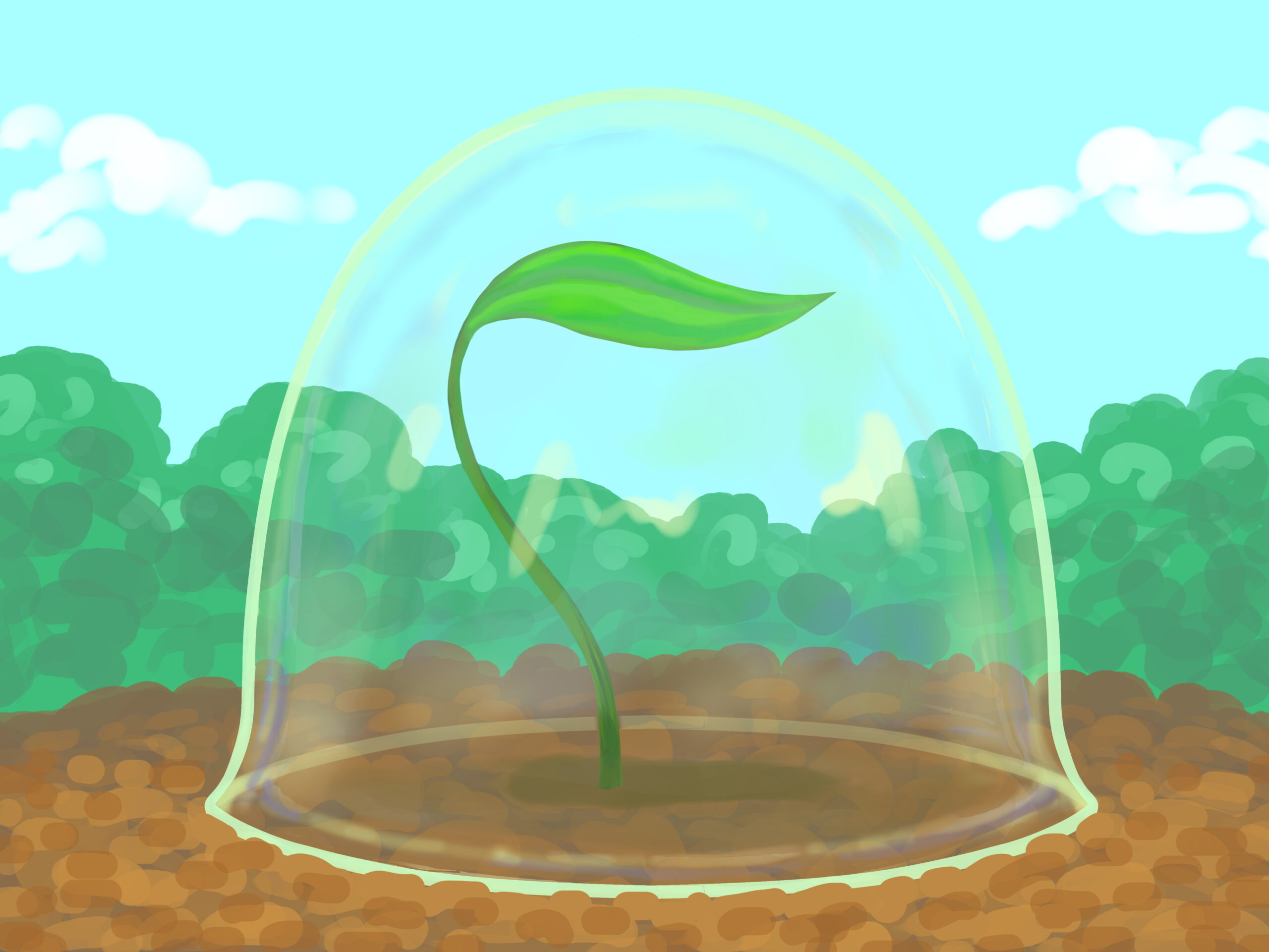“In the beginning, there were the swamp, the hoe — and Jussi”, says Finnish author Väinö Linna. But what comes next?
This blog post and related article (in Finnish, behind a paywall) were produced as a part of the Makera-fund-supported OMAIHKA-project “Climate change mitigation in organic soils on cattle farms” coordinated by Natural Resources Institute Finland (LUKE).
Under the North Star trilogy by the distinguished Finnish author, Väinö Linna opens up with these iconic words that have been carved in the hearts of the Finnish. Not only does the classic series depict Finnish life during the turbulent first half of the 20th century, but it also describes the hardships of the traditional farming method of turning peatland into a cultured field.
In Finland, peatlands and mires cover 30% of the land area, while global coverage is just around 3 %. Globally, drained peatlands amount to about 5 % of all anthropogenic CO2 emissions.
According to the Geological Survey of Finland, out of the peatlands and mires in Finland, over 50 % is drained for forestry (51%), agriculture (3%), and peat extraction (1%). Out of all cultivated fields in Finland, peatland fields make up about 13 %. Yet peatland fields are responsible for about 60% of all farming emissions.
What do we make of all these numbers? Clearly, the proper management of peatlands is important, as their environmental impact is relatively high. Especially in countries like Finland, where peatlands are the main source of agricultural emissions.
Managing the GHG emissions in peatland fields
According to Research Professor Kristiina Lång from Natural Resources Institute Finland, increasing the water table in peatland fields can reduce its GHG emissions. This is supported by studies such as one conducted for radish fields by the University of Sheffield in 2017. Controlled drainage is a system, where the level of groundwater in a cultured field is managed with the help of drain pipes and control wells. When those wells are built near water bodies to compensate for water deficit during drought, we are talking about sub-irrigation. Sub-irrigation is an efficient way to increase the average water level in cultured peatland fields.

I interviewed Tauno Paakkari from Paakkari´s dairy farm located in Ruukki of Siikajoki, Finland. Paakkari and his wife Arja have run the farm since 2015. Since 2010, Paakkari´s farm has utilized a controlled drainage system suitable for sub-irrigation in their peatland fields. According to Paakkari, sub-irrigation has many benefits for farmers growing crops in peatland fields.
Before the building of sub-irrigation, the fields at the Paakkari farm had open drains, and they were elevated in the middle of the field to direct the runoff to the ditches. During drought, the fields were easily drained below the desired level, affecting crop production. Even during humid periods, the water table was uneven across the fields. Installing controlled drainage and sub-irrigation evened the distribution of water in the fields regardless of weather conditions. It also helped slow down the runoff of nutrients from the fields into nearby water bodies.
When necessary, Paakkaris use the control wells to lower the water table in the fields before harvest. This way, the soil becomes more robust, making working in the field with machinery easier. Paakkaris check the water table level from the control wells themselves. They have contemplated getting a water level meter to automate the process of managing the water table in their peatland fields in the future. While this might make the process easier, the expertise of the farmer will always be necessary to make the final judgment, says Paakkari.
You can read more about sub-irrigation for agriculture here.
Avoin helps farmers make their peatland fields more sustainable
The previous version of the Common Agricultural Policy (CAP) by the European Union allowed the distribution of financial support to farmers who update the drainage systems in acidic fields, peatlands included. According to Paakkari, all farmers who have decided to update the drainage system in their fields since 2015 have done it hoping they will be compensated in the future, as well. Since CAP is currently under big reform, these farmers have taken on the challenge of increasing the sustainability of their farms at their own risk.
Avoin believes it should not only be up to the resources of the farmers themselves to decrease the environmental impact of their peatland fields. That is why the association is developing its virtual mapping tool Avoin Map to help the planning of sub-irrigation for different field blocks. The development is supported by The Baltic Sea Project of the Bank of Åland. The project also includes the establishment of a fund to support the improvement of the state of the Baltic Sea and its surrounding environments. The fund will be a source of financial support for farmers who want to build sub-irrigation in their fields.
Avoin Map will be available for the farmer to both plan and execute the building of more environmentally friendly drainage systems in their fields. It will also make it easy to follow the environmental impact of such a system after it has been built. The map will include information about the soil types in different fields, as well as recommendations for the improvement of the entire farm´s impact on the climate and the state of the Baltic Sea. Avoin Map will calculate estimates on how much sub-irrigation can reduce emissions of individual fields, making it easier to choose the right fields for a drainage system update.
On a final note
Jussi Koskela from Under the North Star trilogy turned a swamp into a farm to provide for his family. Were he a real person, he would have lived not knowing about the negative impact his peatland farming had on the environment. I would forgive him easily, for he had no better understanding of his role in the world. But it is now 100 years later, and we have enough knowledge and resources to try and find ways to reduce the environmental impact of our peatland fields.
I dream of a future, where the food we produce does not burden the environment excessively. Luckily, many Jussis of today are working hard for that.

Written by Tuula Cox. This text is the fifth post in a blog series by Avoin. The blog series discusses environmental protection and sustainable development from the digital point of view.
This blog post was first published via Medium.



